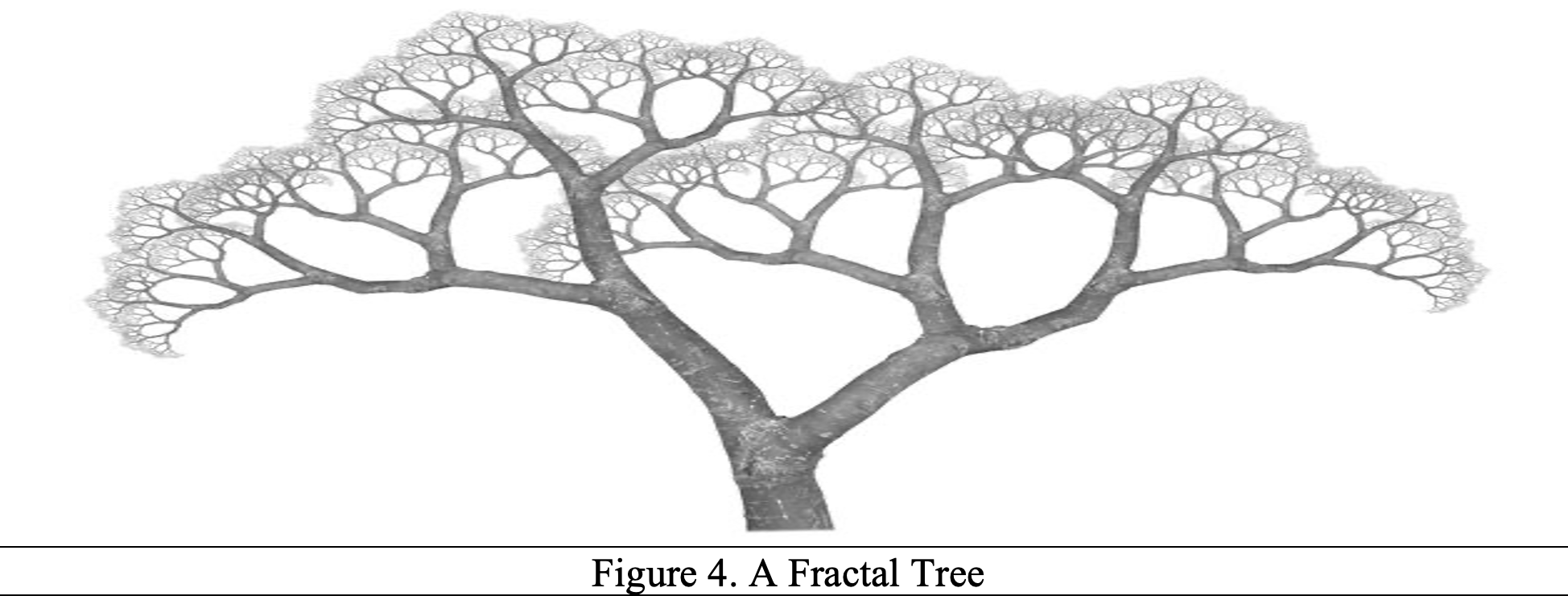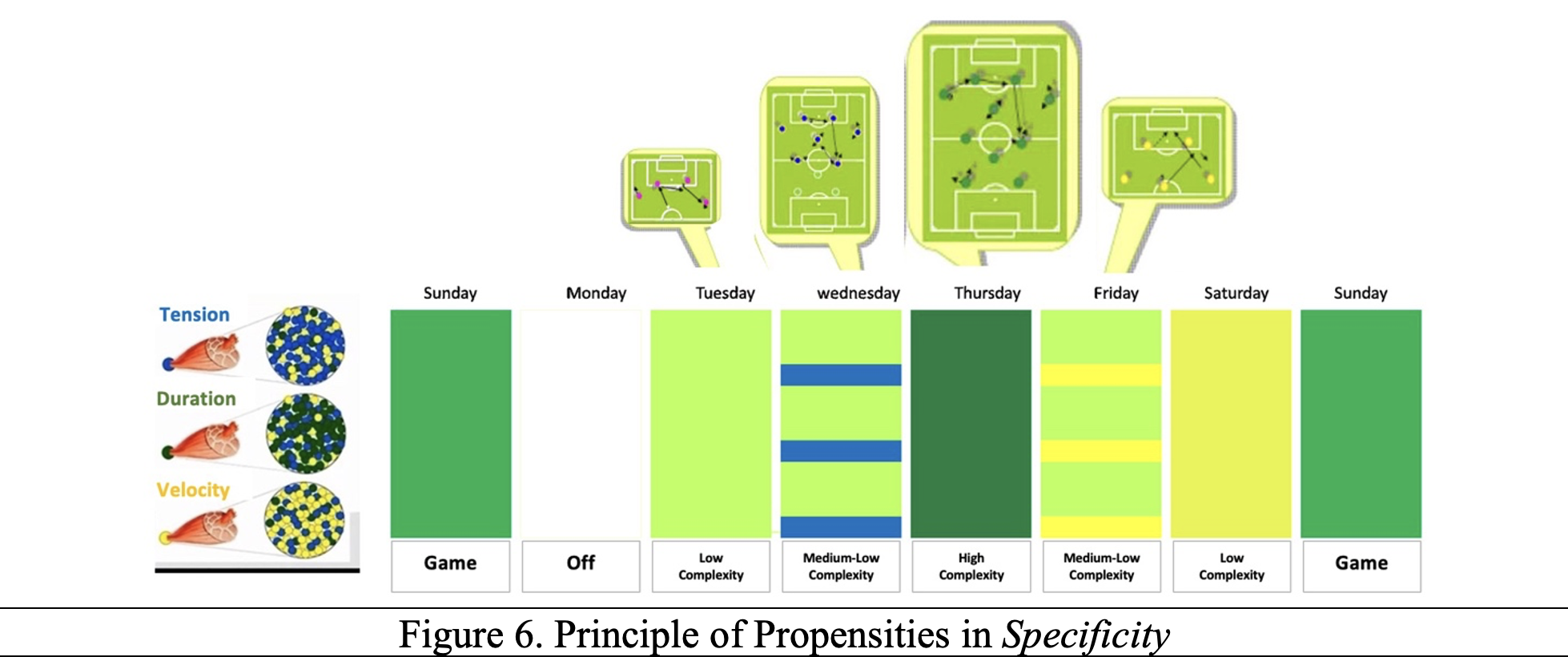What’s your Game Idea? Tactical Periodization: Building a Way to Play (Part 2)
“Many coaches know what they want. However, creating the process to build the game and make it evident during the competition is not an easy thing. And the richness of Tactical Periodization is exactly having found a set of methodological principles that, when contemplated, will allow such a team to express these ideas of the coach.” – Xavier Tamarit (2016)
This blog serves as an extension from our previous on Tactical Periodization, which is a training approach for sport performance that integrates multiple aspects of team play inclusive of developing techniques of play, tactical decisions, team cohesiveness, and physiological conditioning specific to a game idea. Our first blog introduced the process for generating your game idea that informs the coaching practices and activities that operationalize it. In this blog, we specifically address the methodological principles used for the operationalization the game idea, while blog 3 will present example practice activities that could be used to facilitate the game idea principles.
Operationalizing the Game Idea: The Methodological Principles
To coordinate and “bring the game idea to life", Tactical Periodization is firmly rooted in the supra-principle of Specificity. Its fundamental nature to the entire process elevates its status to what practitioners refer to as the “supraprinciple”, because it is the most important factor to achieve a specific outcome: our game idea, our desired way of playing. This form of Specificity suggests that our way of playing can only be born in practice through specific training activities that directly promote our game principles and ideas of playing.
Specificity is therefore the most critical tool coaches have in order to train, teach, and practice their game idea. To achieve Specificity, the methodology introduces three methodological principles to ensure the coach can achieve Specificity in the training week, training day and training activity.
The “supraprinciple of Specificity” and the three underlying methodological principles, therefore, give rise to the weekly training cycle used to operationalize the game idea on a week-by-week, session-by-session and activity-by-activity basis, which is referred to as the Pattern Morphocycle. Unlike the conventional microcycle, which can be defined as the temporal space between two games in which training occurs in a linear progression and analytical manner, the Pattern Morphocycle should be understood as a fractal representation of the training process to acquire our intended way of playing. “Morpho” from the Greek word “μορφώ” can be translated to mean “form” implying that the style and structure of the training week is typically consistent throughout the season. Unlike the conventional microcycle that emphasizes peak forms and varied loading, the structure of the Pattern Morphocycle remains mostly unchanged during the training process to ensure a stabilization and continuity of performance. What does change in the morphocycle throughout the weeks are the tasks or played situations that bring us closer to acquiring our intended way of playing.
Through the deployment of the methodological principles, we are able to design the Pattern Morphpycle and most importantly achieve Specificity in our training process which enables: (1) the acquisition of our intended way of playing and just as importantly, (2) to recover adequately throughout the week in order to be prepared to perform in the next game. These two objectives are intimately interconnected, because the acquisition is only guaranteed by recovery and recovery is due to fatigue from the acquisition (which is necessary to progress in complexity).
- Principle of Complex Progression in Specificity
Complex progression contends that the acquisition and qualitative evolution of a game idea takes place in a complex way and not in a linear one. Complex progression implies that during the training process, and likewise game scenarios, players can fluctuate from less to more complexity (and vice versa), but always in complexity, since playing the game is inherently complex. In this way, learning such complexities is thought to be a spiraling process as it develops around an axis (i.e., the game idea). The coach, therefore, must rank priorities to facilitate the acquisition and somatization of the idea of the game over time, because no matter how coherently the game idea has been systematized, the coach will not be able to transmit it all at the same time. Organizing priorities emphasizes the need to dynamically address macro, meso, and micro game principles in a patterned but non-monotonous way throughout the training week and session. This implies that the meso and the micro references only exist as such when they are in articulation (i.e. coherence) with the macro references. Like the leaf of a tree: the leaf is a fractal of the tree but only when it is on the tree, the moment it is removed from the tree it is no longer a fractal (Figure 4).
The main premise of the complex progression principle is that it helps organize the training week in relation to levels of complexity. Essentially, coaches will target variations of complexity (e.g., high, medium, or low / macro, meso, and micro) for each training day dependent on the readiness of the player to acquire the game idea; essentially it is gauging whether they are sufficiently recovered from the previous game day to acquire understanding of the game idea in large dosages or smaller dosages
- Principle of Horizontal Alternation in Specificity
Horizontal alternation in Specificity safeguards the performance-to-recovery relationship of the player and teams by distributing different scales of the “intended play” throughout the week. The methodology identifies three different but interconnected types of muscular contractions: tension (i.e., eccentric contractions, the “braking and accelerating” moments of playing), duration (i.e., the eccentric and concentric contractions occurring over long periods of playing) and velocity (i.e., concentric contractions, the sprinting moments that occur in great speeds). Although we know that during any exercise, muscular contraction expresses these three characteristics jointly, we can, by manipulating the exercises, give dominance to one over the others.
Just as important in making the effort to acquire the intended principles of the game idea is the recovery dynamic to ensure players are fully restored and able to engage in the acquisitive process. To achieve this dynamic, this methodological principle addresses different levels of organization (i.e. macro, meso, and micro situations) during different days in the week for the players to understand the different scales of reference. This also implies the stimulation of the various types of muscular contractions dependent on the types of interactions and size of playing spaces. As coaches we must be aware of the muscular contractions that are associated with the acquisition of our way of playing. A team like Liverpool for instance, who is notorious for their pressing intensity, will inherently train situations of velocity and sprinting as they acquire the intentions and ideas of their pressing schemes. However, it will also be necessary for Liverpool to recover these structures by reducing the complexity or acquiring other principles of their game idea (i.e. using different sizes of playing space, few number of players, fewer minutes of playing or training other principles that emphasize different contractions). Through an alternation of stimulus in the tension, duration, or speed of muscular contractions in reference to our way of playing on one day, we are able maximize a given structure, while recovering the other less-dominant structures on that same day (Figure 5). As seen in Figure 5, the temporal distance between the two games is decisive for the configuration of the weekly pattern, what to do on each day and a means of establishing habituation or a “morpho pattern”. Therefore, even if the space in between matches is 5, 8, 3 or 6 days the principle of horizontal alternation is persevered, and the weekly training structure is kept as consistent as possible.
It important to notice within the “algorithm” of the Pattern Morphocycle, that players are not prepared to train in high complexity again until four days after the game (i.e., Thursday, the day of macro principles, the day of training most similar to the game day). This is because we don’t just seek a physiological recovery, but also a cognitive, emotional and collective recovery of the team as whole. Wednesday and Friday, apart from being days of acquisition of the game idea also serve as a form of recovery by simplifying the playing situations into less complex ones, a more individual form of acquisition which coincides with addressing the micro and meso principles of play.
- Principle of Propensities in Specificity
Propensities refers to the creation and modeling of game contexts where interactions related to our game idea are executed. The aim is to allow for the chaos of the game to be deterministic (i.e., for your players, not opponents). That is, that the activity created by the coach does not lose its open nature, where players are called upon to decide and interact constantly, giving them a decisive role. Even within this open nature, it is a context that due to its configuration promotes certain purposes and intentions (our game idea principles) related to the game that is intended to be developed. It is the principle used in the methodology to create variability within training activities to promote deeper levels and more functional levels of collective and individual learning. In this way we are also able to create contexts that emphasize redundancy towards the principles of our play, training the same ideas but never in the same way (i.e. linear repetition), a condition that enriches the plasticity and adaptability of our players. The propensities in this way, serve as the specific activities for learning how to interact collectively under a certain previous intention (i.e. the principles of our play), applied to the different scales of play (Figure 6).
Summary
In this blog, we introduced the methodological principles of Tactical Periodization and its vitality in establishing Specificity within the training process. We also addressed the form and “algorithm” of the pattern morphocycle. As such, tactical periodization should be understood as a complex tool to address the complex issues of team and player development and to guide the process of giving life to a game idea in a dynamic way that is in constant construction and never truly finished. Stay tuned for our next blog post which provides some examples of structuring training activities across different days of the training week in order to operationalize Specificity of a game idea.
Interested readers are also encouraged to seek out and familiarize themselves with the official school of Tactical Periodization by Vitor Frade at https://tacticalperiodization.teachable.com/.
We would also like to recognize Miguel Lopes (miguel.lopes@periodizacaotactica.com) as a consultant and editor to this article post.






